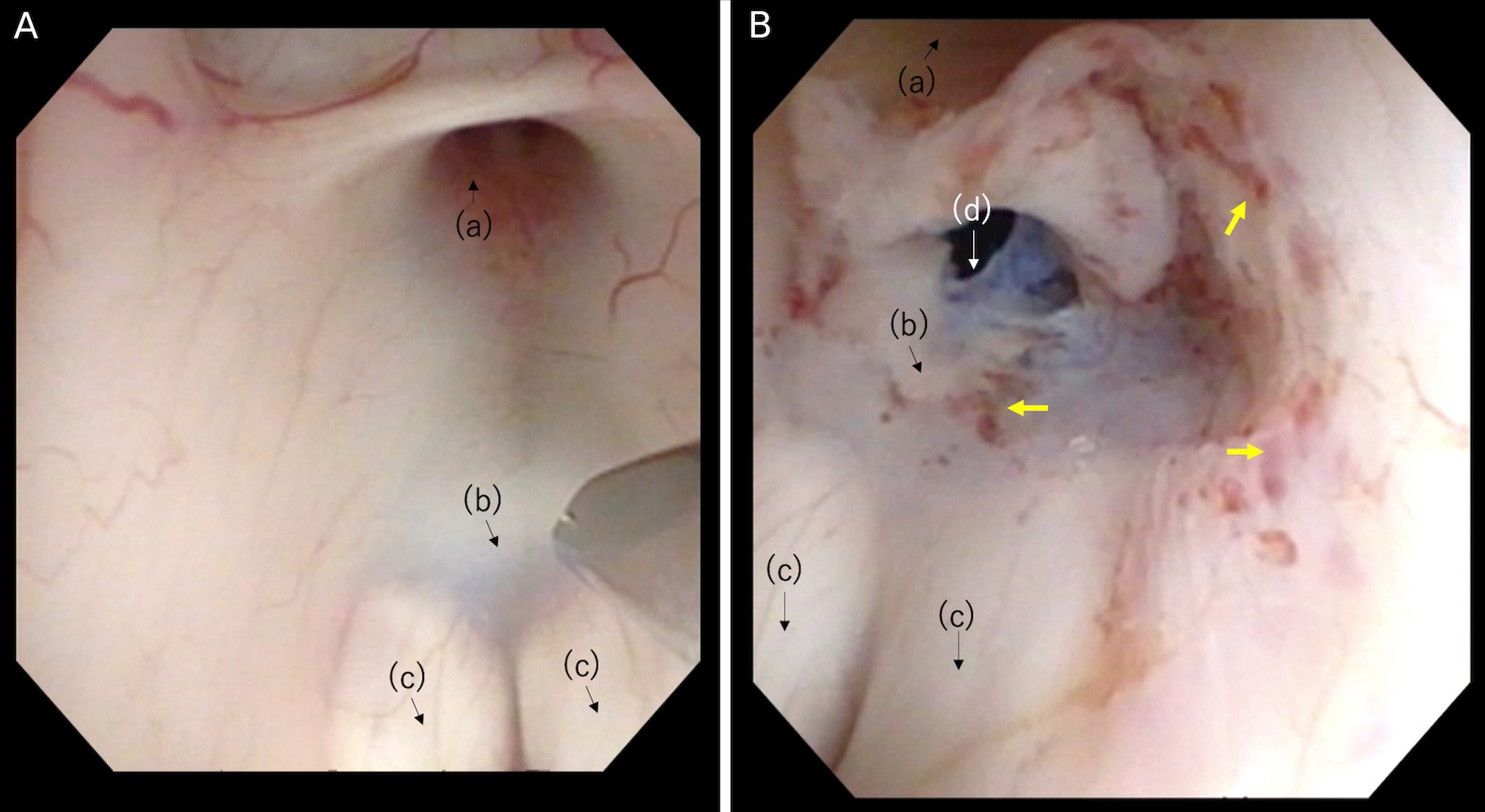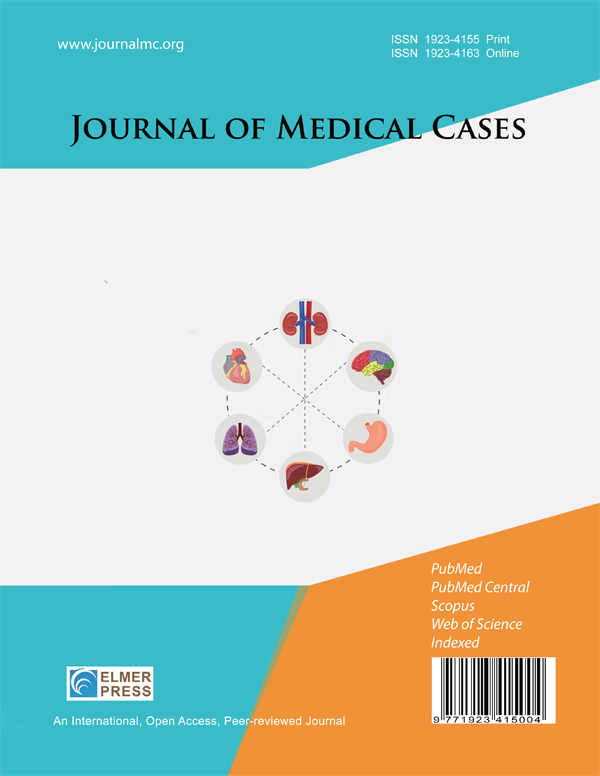Noncommunicating Hydrocephalus Caused by Aseptic Meningitis Can Be Treated With Endoscopic Third Ventriculostomy
DOI:
https://doi.org/10.14740/jmc5109Keywords:
Aseptic meningitis, Noncommunicating hydrocephalus, Endoscopic third ventriculostomyAbstract
Noncommunicating hydrocephalus is a rare complication of aseptic meningitis and is predominantly characterized by the obstruction of cerebrospinal fluid (CSF) absorption. Traditional treatment methods include external ventricular drainage (EVD) and ventriculoperitoneal (VP) shunt. However, endoscopic third ventriculostomy (ETV) might also be effective in the case of aseptic meningitis. A 19-year-old woman presented with fever, lymphadenopathy, and arthritis, followed by headache and vomiting. Magnetic resonance imaging (MRI) showed no hydrocephalus. CSF analysis revealed mild pleocytosis and elevated protein levels, with negative cultures, leading to the diagnosis of aseptic meningitis. After an initial recovery with supportive care, the patient returned a month later with an acute progressive headache and altered consciousness. Computed tomography (CT) revealed lateral and third ventricular enlargement, while MRI showed cerebellar swelling and foraminal adhesions, indicative of obstructive hydrocephalus. ETV was performed through the right anterior horn of the lateral ventricle. Postoperative recovery was uneventful, and the patient remained asymptomatic after steroid treatment. ETV is a viable option for treating noncommunicating hydrocephalus associated with aseptic meningitis, even when CSF malabsorption is present.

Published
Issue
Section
License
Copyright (c) 2024 The authors

This work is licensed under a Creative Commons Attribution-NonCommercial 4.0 International License.










